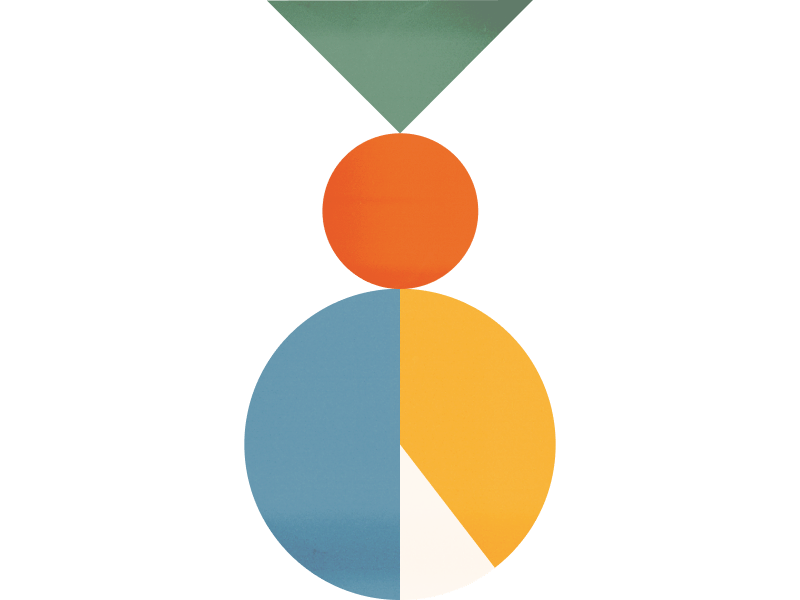If you’re unable to repay, you risk your business and personal assets. Payments on debt financing, especially ones with variable monthly interest, may cause cash flow problems. Learn how consumer credit reports compare to business credit reports, then start your search for sources of debt capital with the Women’s Capital Directory.
TRADITIONAL BANKS
Banks lend more money to small businesses than any other lender. They also reject about 72% of small business owners that apply. That’s because banks typically have stringent requirements. They like to see that a business has been running for at least two years. They also take your personal and business credit scores into account, and usually have some pretty high annual revenue minimums. Many even require collateral. Applying for a traditional bank loan is also a lengthy process that can take one to three months.
Even if a bank loan is not currently an option for your business, you should still work on the things you’ll need when applying to one, like a business plan and strong business credit.
MICROLENDERS
Organizations like Kiva, AccionUSA and Grameen America allow business owners to borrow as little as $500 to support their companies, and have repayment periods that start at three months long.
LINE OF CREDIT
Also known as a revolving loan, this kind of financing gives business owners a set amount of money from which to pull as needed. You pay interest only on the funds used and once they’re repaid, your credit line resets. Ask your bank or lending institution detailed questions about interest rates before signing up.
FACTORING OR INVOICE FINANCING
Factoring, also called invoice financing, allows businesses to borrow money against their order receipts from companies called factors. Factors purchase those invoices at a discount, meaning founders receive about 80% of the invoices’ value, and the factors are then responsible for collecting payment from the business’ clients. Invoice financing is a great option for service-based businesses or B2B businesses. However, you may face high fees, especially if customers are late to pay.
GOVERNMENT LOANS
Check with your local chambers of commerce–they often have low-interest loans available to residents.
The U.S. Small Business Association’s microloan program works with nonprofit organizations to disperse loans of less than $50,000 (in 2019, the average SBA microloan was just under $15,000). These loans have a maximum repayment period of six years with interest rates typically between 7% and 13%.
The SBA also supports small businesses through its 7(a) loan program, through which founders can borrow a maximum of $5 million to cover for short- and long-term working capital, refinance existing debt or purchase equipment.
Plus: founders discuss their funding journeys
COMMUNITY DEVELOPMENT FINANCIAL INSTITUTION (CDFI) LOANS
Community development financial institutions (CDFIs), also called community lenders, are a great option for young businesses because they specialize in underserved communities like women, people of color and entrepreneurs in low-income and rural areas. Despite typically having interest rates that are higher than banks’, many community lenders are equipped to really help a new business owner with the technical aspects of running their business, understanding their financials and giving advice. Find your nearest CDFI with this map.
EQUIPMENT FINANCING
Founders of consumer product goods companies may consider equipment financing to purchase tools for making their products, such as ovens, office computers and machinery. The equipment itself becomes the collateral to secure the loan, making this a strong option for businesses that don’t have a long credit history or high credit score. Equipment financing is available either directly through the vendor or a bank. Some lenders will give entrepreneurs the full amount, or may lend 75% of equipment cost, with the remainder set aside for “soft costs” such as delivery and installation. Though equipment financing may require a high down payment, these loans typically have low interest rates.
Learn what kinds of financing to explore at another stage in your company’s lifecycle


INTERACTIVE GUIDE
FUNDING FINDER
Learn what capital options are right for financing your business
Get Started



